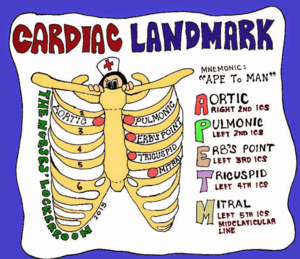14112766
Staphylococcus Aureus - HPA
Resumo de Recurso
| Questão | Responda |
| What is Staphylococcus Aureus | Gram positive cocci which is found in the normal flora of the body: found in the nose, respiratory tract, and on the skin. Cause of infection in both healthy people in the community and in patients in healthcare institutions. |
| Gram positive bacteria? | (gram stain) the thick peptidoglycan layer in the bacterial cell wall retains the stain after it is washed away from the rest of the sample |
| Incidence of bacteraemia associated | In 2015–16, 1,440 cases of hospital-associated Staphylococcus aureus bacteraemia (SAB) were reported in Australian public hospitals |
| Reservoir | Infected individuals Contaminated objects - especially those with porous surfaces on which MRSA can live for weeks |
| Portal of exit | Nasal passages Infected wound Sputum in cough Skin |
| Mode of transmission | Direct contact with infected person/contaminated object Debate over whether it can be airborne |
| Portal of entry | Broken skin Mucous membranes GIT (food poisoning) Respiratory tract |
| Susceptible host | Anyone who comes into contact with infected person/contaminated object is susceptible People with atopic dermatitis are at a higher risk of skin infection due to break-down in skin barrier Young & old people are at a higher risk of serious infection |
| Pathogenesis | Example of opportunistic wound infection: An individual with staphylococcus aureus in their nose uses their hand to wipe secretions from the nasal cavity and forgets to wash their hands. They then scratch a recent cut on their leg, causing it to bleed again - grabbing a tissue to stem the bleeding, they then use the unwashed hand with staphylococcus aureus to place a plaster on top. The bacteria are then able to enter the wound. The incubation period of staphylococci bacteria is variable but generally between 4 - 6 days. Bacterial load increases as bacteria reproduce inside the wound. The bacteria also release several exotoxins. This response causes an inflammatory response as the body attempts to fight off the infection. The release of prostaglandins and histamines causes a rise in core temperature as well as localised oedema, heat, redness and pain. As the bacteria grow and destroy healthy tissue wound exudate becomes purulent as it contains a mixture of cellular debris and bacteria. |
| Breaking the cycle | By treating individuals infected with effective antibiotics - identifying the bacteria quickly Sterilizing contaminated objects/surfaces Isolating individuals affected by pneumonia if necessary Avoiding contact with affected individual Practicing hand hygiene Infection control Appropriate waste disposal Wearing PPE when coming into contact with affected patients |
| Medication | To prevent bacteraemia and sepsis, antibiotics must be given. This can prove difficult as staphylococcus aureus can be resistant to many antibiotics. Antibiotics: Vancomycin (1st option) Linezolid |
Quer criar seus próprios Flashcards gratuitos com GoConqr? Saiba mais.
Semelhante
Noções de organização administrativa- - centralização, descentralização, concentração e desconcentração - adm direta e indireta - autarquias , fundações, empresas publicas, sem
michelegraca

